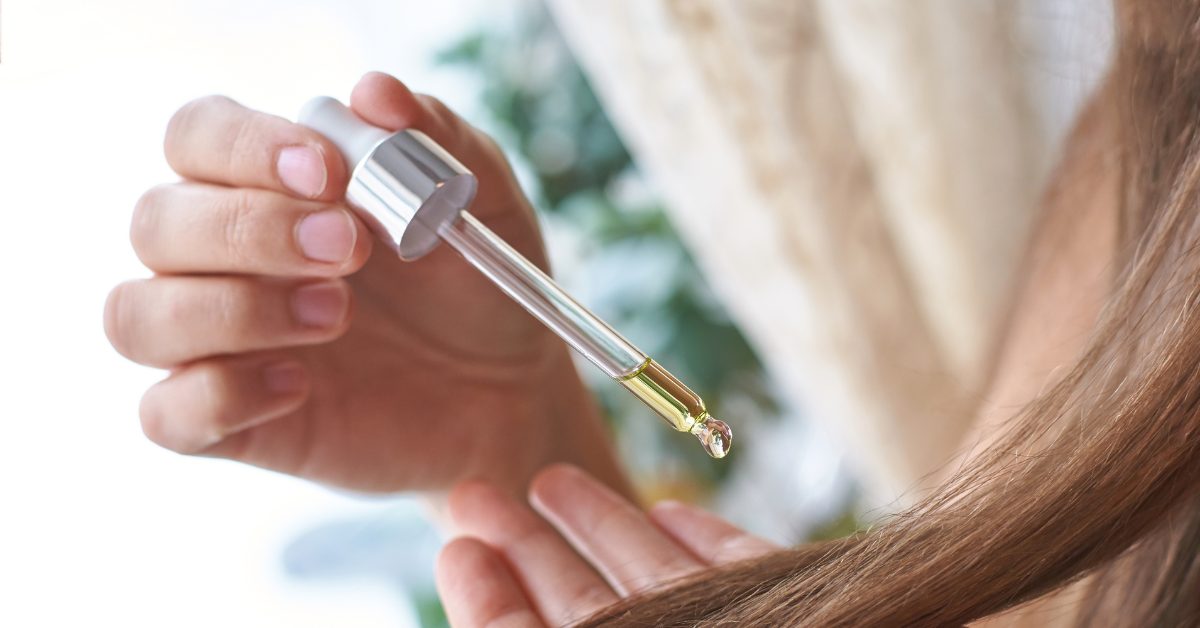
Thinning Hair? Understanding Female Baldness (and What You Can Do About It)

*Collaborative Post
Thinning hair and baldness do not only happen to men. In fact, female hair thinning can affect as many as 1 in 3 women, though most won’t feel the need to get professional treatments. A little thinning isn’t anything to worry about, but if you start to notice your hair has become wispy, your hairline is receding, or parts are just falling out, then it’s time to take notice.
Causes for Female Pattern Hair Loss
There are several causes that result in hair loss in women:
– Hormonal Changes
One of the most common reasons for hair loss is hormonal changes. This is why women going through pregnancy or menopause are more susceptible to hair loss than at other times. In most cases, hair volume should return to normal after birth, but in some instances, those hormonal changes become permanent.
– Medication
Medication is another common reason for hair loss in both men and women. One of the most common examples of this is chemotherapy. If you are currently undergoing, or know you will soon be starting a treatment that is very likely to cause hair loss, then you may want to look into getting your hair made into a wig. This will give you natural-looking hair that you can put on during the course of your treatment. For those exploring natural options, this guide on how to regrow hair on bald spot fast offers insights into effective, science-backed methods that may support hair restoration efforts.
– Medical Conditions
Several medical conditions, like PCOS and alopecia, are either categorized due to their hair loss or frequently see hair loss as one of the main symptoms. When you have a condition that results in hormonal imbalances and hair loss, treating the condition is essential; it may not be the cure-all for your hair loss, but it can help minimize thinning.
What You Can Do to Stop Hair Loss
There are a few things you can do to minimize or even reverse the hair loss you experience:
1. Hair Transplants
If you want to get the best-looking results as fast as possible, then look into female hair transplant treatments from Harley Street Hair Clinic. These transplants essentially take donor hair from other parts of your body (usually the back of your head where the hair stays thickest) and move them to where you need it most.
2. Address the Cause
In the case of medication or hormonal imbalances, try to address the cause of your hair loss. Finding out why you’re suddenly losing hair and stopping the cause will help you reclaim your natural head of hair faster.
3. At-Home Treatments
At home, you can do a lot for the sake of your hair. Start first by addressing your diet. Try to boost your meals with foods that are healthy for your hair. You’ll also want to avoid tight hairstyles, like ponytails, that may pull and break the hair itself. Finally, start oiling your hair. Diluting some rosemary oil into a carrier oil, which can help encourage natural hair growth at home. It isn’t a cure-all, but a multi-pronged approach can help you get the results you’re looking for. To support your routine, Rennora Beauty offers nourishing hair care products designed to strengthen strands and promote healthier growth naturally.
*This is a collaborative post. For further information please refer to my disclosure page.




